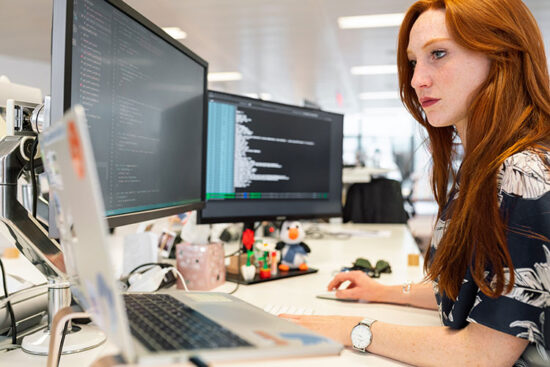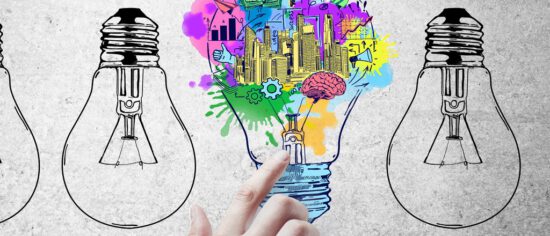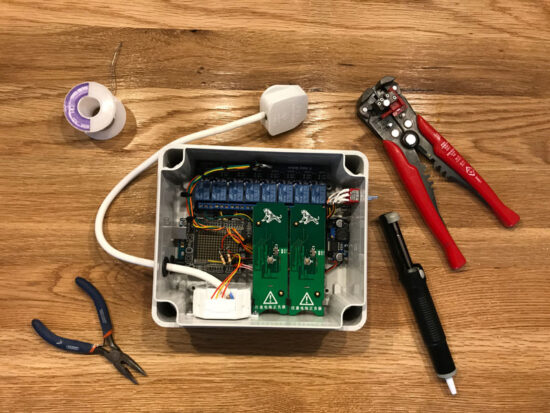
23rd June 2015 by Pambos Palas
3D Printers [PART 3 – Printer Calibration]
Having covered the setup of the Zortrax M200, this post will cover some of the very basics of printing your first part. A great deal of work has been done to make this process very user friendly from the manufacturer’s side, but its still a process that needs attention and monitoring.
The first thing to be done in preparation for a print is to calibrate the printer. This is a manual process for most printers, but one of the USPs of the Zortrax M200 is that it offers automatic calibration as well as the option to do it manually. Although its a very welcomed feature, I have to say at this stage that you will need a lot of patience doing this, and there is a chance you may lose your sanity!
The purpose of calibration is to level the printing bed, so that the print is uniform and so that layers are placed in the correct height by the extruder. One thing that isn’t immediately obvious about this, is that it probably helps with warping – if the printing bed is level then the support material is much more likely to be placed correctly and make a strong bond with the platform (thereby keeping the structural integrity of the part as it prints).
So to begin the automatic calibration process, all that needs to be done is have the printer set up as if it is ready for a print, with both cables of the printing bed connected. Then, once turned on, you need to navigate through the menu to Maintenance -> Perform Auto Calibration. Then wait for the extruder to heat up – a process, which unless you are performing outside and close to the arctic circle, should take a few minutes at most. Once this is complete, the printer will ask you to tighten the 3 adjustment knobs at the bottom of the platform to begin the process. When you’ve done this, and give it the green light by pressing the menu button, it will raise the platform and begin sensing where each corner is in relation to the extruder. Starting with the rear left corner it will compare it with the rear right side and let you know if the platform is tilted, in which case you need to adjust the relevant knob.

One thing to bear in mind, is that it will instruct you to either lower that side by turning the know counter clockwise, or raise it by turning it clockwise. This was slightly confusing at first, as the direction of rotation of the knob depends if you are looking at it from the top or the bottom – considering it is upside down and you are more likely to be looking at it from the top, this could be interpreted either way! In any case, if you turn it enough you will quickly see how the mechanism works and which direction to turn the knob to either raise or lower the platform. To save you some time, it assumes you are looking down on the knob as opposed to head on from the bottom.
If you are lucky, with little adjustment it should work its way through the rear corners and move to the front side. In our case, the front is always the trickiest – the problem we often have is that by tightening all three knobs to begin with, it always complains that the front is too high, even when we tighten it to the lowest point. The only thing to do in this case (which may be specific to us) is to begin with the back already higher than the front.
Another tip that might save some time is to actually use a spirit level to balance the platform as much as possible before starting. This will save a considerable amount of time, and very little adjustment will be required.
Once calibrated, it shouldn’t require re-calibration for many prints, although when removing the final print you should always take the platform out. Leaving it in the printer and trying to remove the print is not only tricky, but you will put a lot of force into it and it might shift position.




